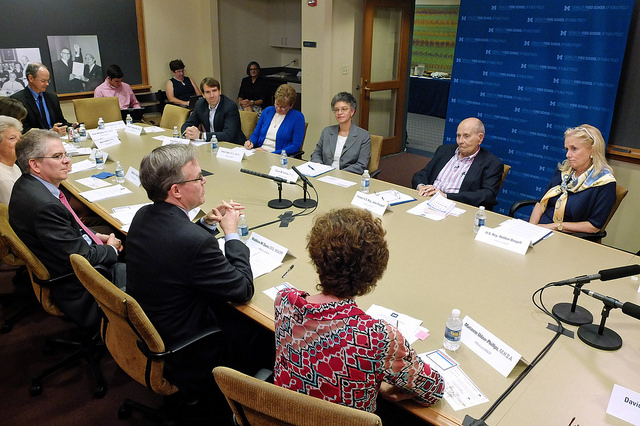5-STAR ratings provide a good overview for nursing home quality, but there are flaws inherent to this system.
When it comes to general liability insurance for long-term care facilities, ratings are often based on the CMS 5 STAR rating system. This is data that consumers view as the holy grail of quality metrics for skilled nursing facilities. It essentially says a facility rated 5 STAR is well above average, and a facility rated 1 STAR is much below average. This provides a good overview for nursing home quality, but there are flaws inherent to this system, whether it is inaccurately reported data, variation in quality standards between states and survey districts or facilities that specialize in higher acuity and have sicker patients in-house.
Here are some of the variables that I have noticed not only as an insurance underwriter but also as a licensed nursing home administrator for more than 20 years.
1.
Health Inspections STARS – This is a three-year average of annual surveys and complaints surveys and is calculated based on the number of citations and their severity compared with the state averages. The average is not as important as knowing the facility is improving with survey compliance or getting worse.
2.
Staffing STARS – This is based not only on the number of hours of care provided to each patient per day by nurses and nursing assistants but is also heavily weighted to the number of RN hours. What you need to know is that the staffing data used is only for a two-week period that is self-reported by the facility during the annual survey. This is a limited snapshot and may not be indicative of normal staffing patterns or could be inaccurately reported.
3.
Quality Measures STARS – This is based on 18 quality measures (QMs) for short-stay and long-stay residents. Some of the more scrutinized are for the prevalence of pressure ulcers, falls and antipsychotic medication. What you need to know is, if the facility has a focus in caring for these types of high-acuity patients, the star ratings may be lower in comparison with state averages, and this is not necessarily an indication that the facility is deficient.
4.
Overall Rating STARS – A rating of 1 to 5 stars is based on health inspections, staffing and quality measures ratings combined into one. The more stars the better. What you need to know about this is that the facility is being compared in relationship to other facilities in a geographic area. Why this is relevant is, if all the facilities around you are excellent operators, a low star rating may not be a good indication of that facility's overall operation.
5.
Trends – A facility that is improving or declining cannot be detected with just an overall 5 STAR score. The CMS 5 STAR system has many good points and provides a consistent rating for all 16,000 nursing home in the U.S. but should not be used without interpretation for insurance purposes. We need to first validate that the self-reported data used for each facility is accurate and also consider the types of residents the facility has chosen to admit and care for. Higher-acuity residents will have an effect on the three categories that drive the overall rating and could make the facility appear as an underperformer. Lastly, both the quality performance and performance improvement of a facility are becoming a heightened area of focus for centers. Effective quality improvement programs play a role in assessing risk that is easily overlooked.
Here’s a link the CMS website: CMS 5 STAR Ratings


